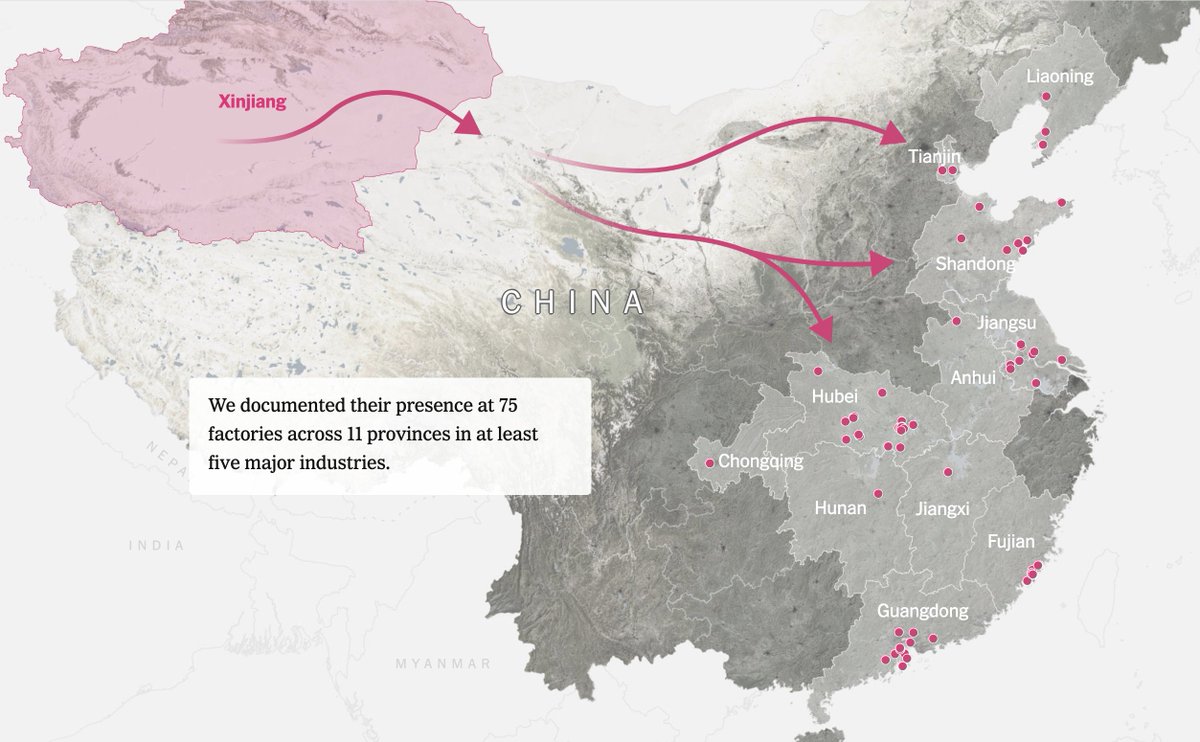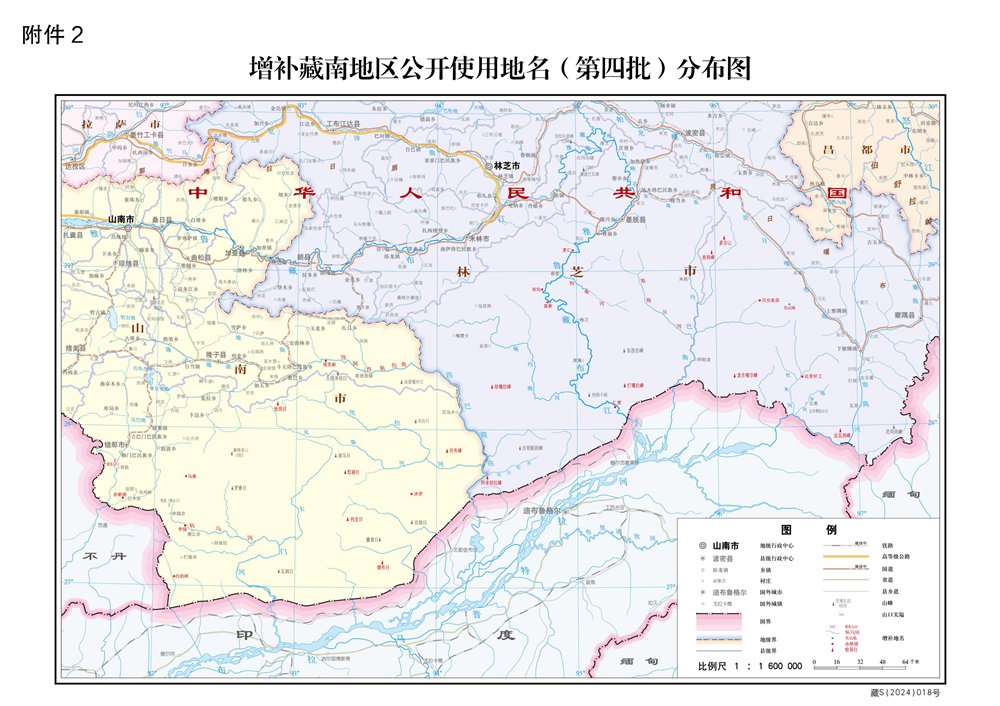THREAD: In this NYT op-ed, I place the new discoveries about coercive labor training & transfer in Tibet in the wider context of Beijing's evolving ethnic minority policy.
My core argument is that this policy in essence harks back to the theories of...
nytimes.com/2020/09/24/opi…
My core argument is that this policy in essence harks back to the theories of...
nytimes.com/2020/09/24/opi…
...China's eminent anthropologist Fei Xiaotong and his concepts of the "Chinese Nation-Race" (中华民族) and the "pluralist unity" (多元一体), claiming that minorities such as Tibetans/Uyghurs are gradually melding into a Han Chinese "core" as a historical process.
Beijing, which needed a new minority policy approach after Deng Xiaoping's laissez-faire, adopted Fei's concepts under Jiang Zemin, who drew on them e.g. in a 1998 speech in Xinjiang: China had "too many languages", and the gradual reduction of languages is a universal trend.
Initially, the state sought to push along Fei's proposed gradual long-term ethnic assimilation trend through a heavy dose of top-down development: the Great Western Development initiative, launched by Jiang in 2000, led to an influx of Han to Xinjiang/Tibet, plus infrastructure.
But the 2008/09 riots in Lhasa and Urumqi were ultimate examples that Beijing's policy of gradual assimilation and tightening restrictions on minority autonomy / culture / language / religion had failed. Under Hu Jintao, the state sought to counter this with alternative...
...state-sponsored "morality education" & "scientific worldview" (religion = backward). This set the minority policy focus on a firm path toward socialist modernization, secularization, assimilation. But still in a more gradualist way. The 08/09 riots however also promoted...
...another trend: the drastic securitization of minority societies. Here, Chen Quanguo was the man, both in Tibet and XJ. Extensive surveillance systems, big data policing, neighborhood police stations, expanded police forces, grid management, "double-linked households".
This securitization of minority societies was, on the surface, successful. Hardly any self-immolations in the Tibet Autonomous Regions, no reported uprisings, etc. As Xi Jinping's poverty alleviation deadline comes closer (end of 2020), ...
...the infrastructure created by securitization is now deployed to enforce state-mandated poverty alleviation, of which labor training & transfer has become the key tool. In the past, this was sort of voluntary & not tightly enforced. It didn't really work. Many simply...
...returned home after a while. But current schemes in XJ & Tibet are extremely tightly managed & enforced. This reveals, in many ways, not a new vision of Beijing's ethnic policy - which is still based on Fei Xiaotong's vision of the amalgamating Chinese Nation-Race, but...
...its implementation is now different. Not relying on some vague, longer-term processes that work by incentivizing minorities to assimilate (get a Chinese education to get better jobs), but to micromanage their livelihood "choices" ("choices" that are now tightly managed...
...within the very detailed new poverty-alleviation schemes). In a nutshell, Beijing's ethnic policy method and logic now strongly rely on the principle securitization, even militarization (military-style vocational training), because that logic ensures that the results...
...of its ethnic policies and tools are now largely guaranteed (the minorities can't just opt out). The militarized labor training and transfer process teaches minorities one key principle: the state is fully in charge. This is happening.
The end goal is a secularized society where minorities have a "modern" lifestyle in Chinese factories, where they are concentrated, easily controlled, have to speak more and better Chinese, probably earn more money (besides obvious exploitation issues, see Uyghur testimonies)...
... their kids grow up in boarding schools (the state loves being the "parent"), Fei's envisioned mixing and melding of ethnic groups is happening, ethnic intermarriages are more likely, and so on. And, these changes are designed to be permanent.
Securitization is Xi's magic weapon. It seems to work for everything: control COVID (and manage health), control minorities, control the Han, control your own cadres, control the environment, etc. [until, one day, it perhaps won't]
Details on how Xinjiang's poverty alleviation scheme interfaces with securitization and forced labor:
jpolrisk.com/beyond-the-cam…
Section 2.0
jpolrisk.com/beyond-the-cam…
Section 2.0
References for further reading:
My book brill.com/view/title/245… (esp. chapter 2)
On Chen Quanguo: jamestown.org/program/chen-q…
@jleibold's key work on this (e.g. eastwestcenter.org/sites/default/…) and jamestown.org/program/toward… and jamestown.org/program/planti…
My book brill.com/view/title/245… (esp. chapter 2)
On Chen Quanguo: jamestown.org/program/chen-q…
@jleibold's key work on this (e.g. eastwestcenter.org/sites/default/…) and jamestown.org/program/toward… and jamestown.org/program/planti…
People to follow on this are also @SheenaGreitens and @CarlMinzner.
cc @niubi @JimMillward @robertsreport
cc @niubi @JimMillward @robertsreport
• • •
Missing some Tweet in this thread? You can try to
force a refresh





















